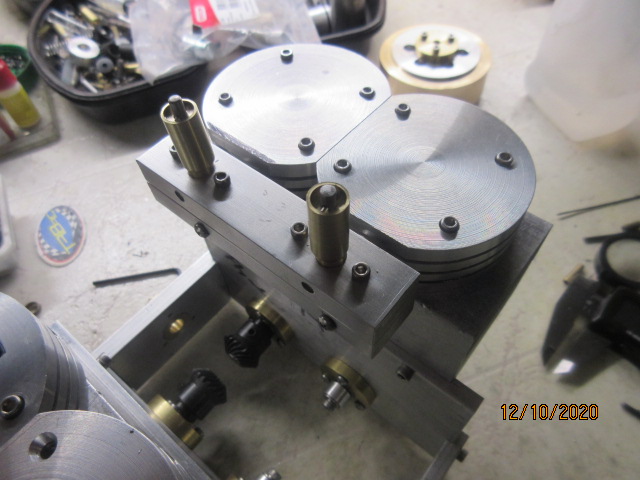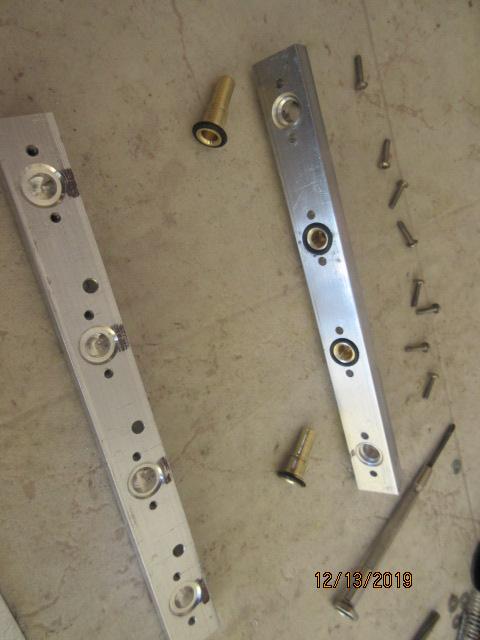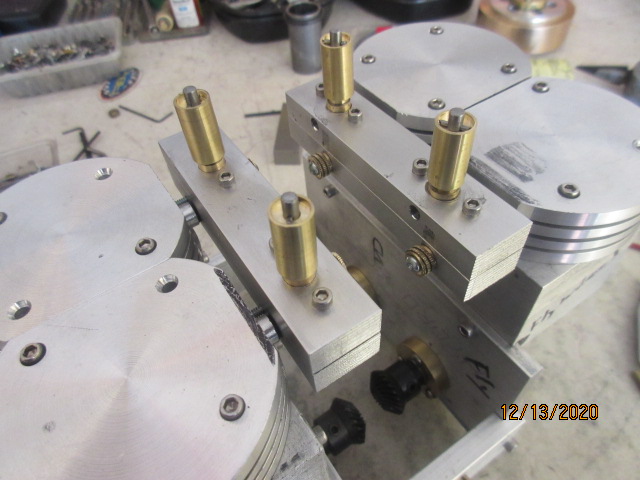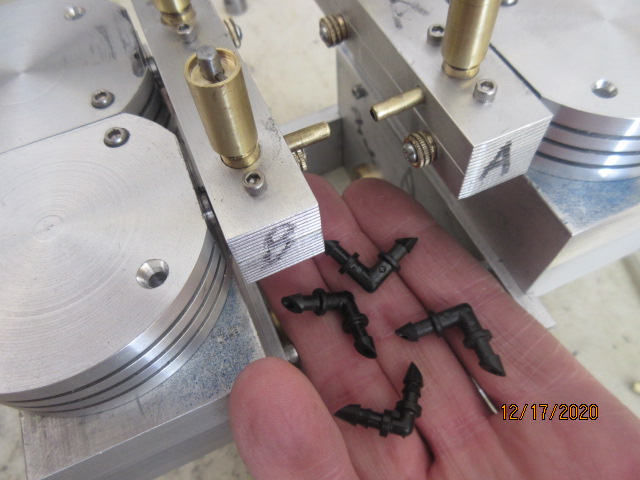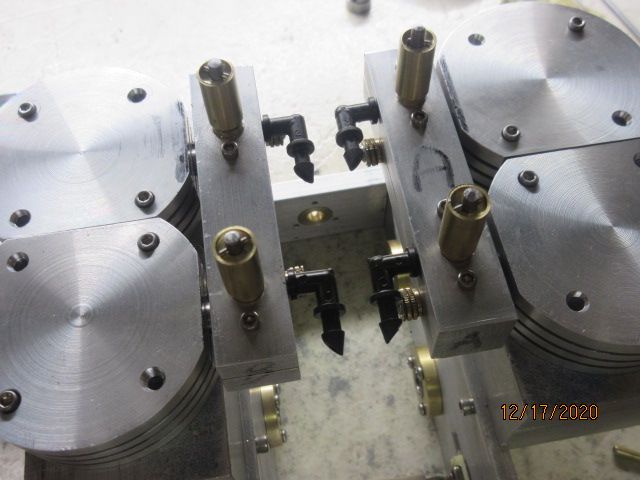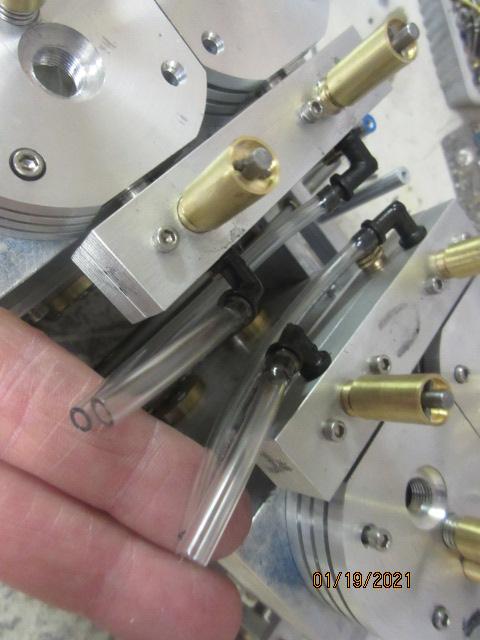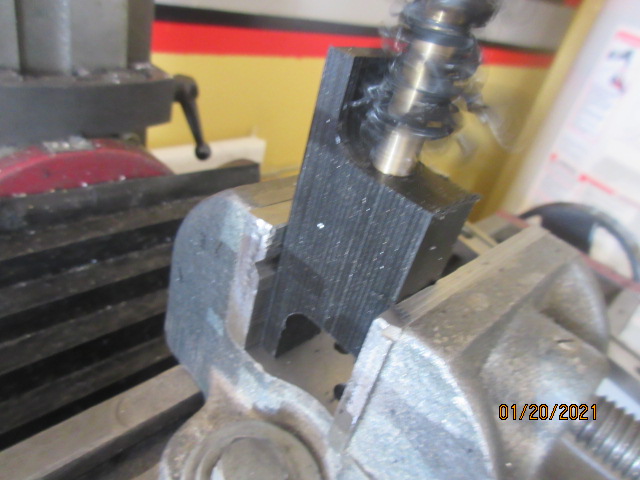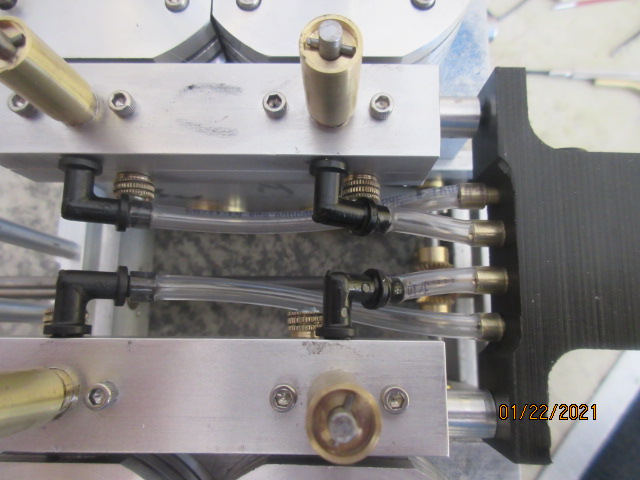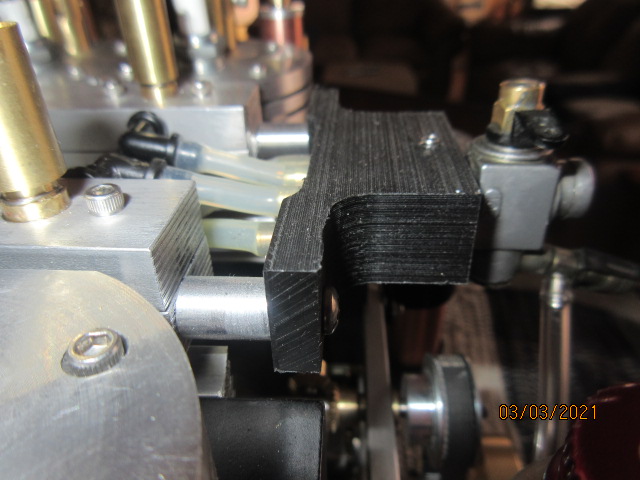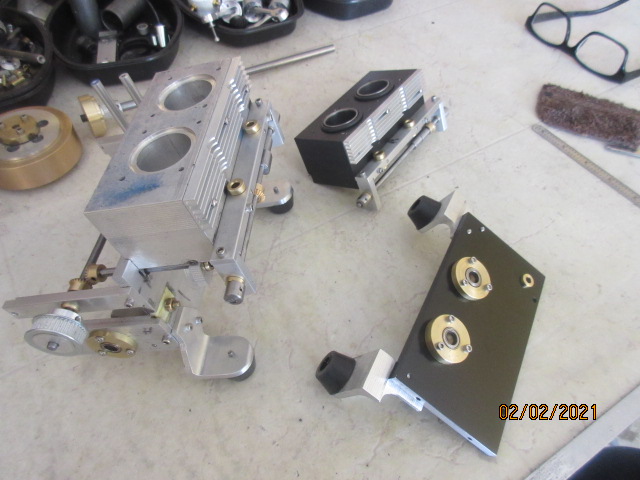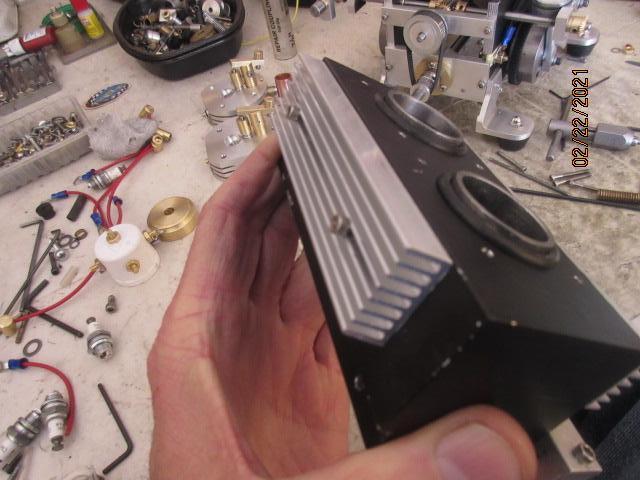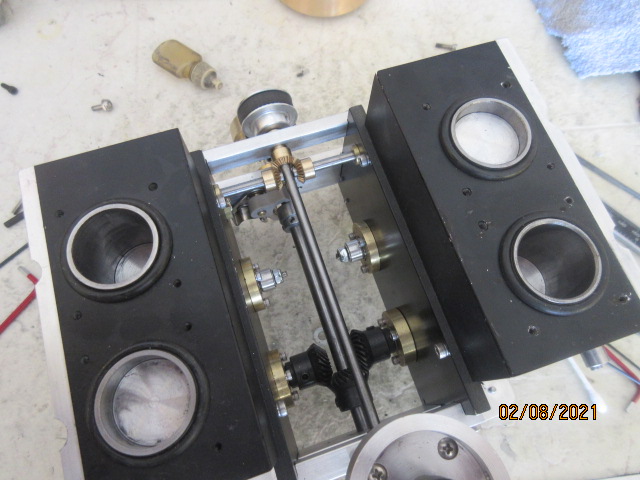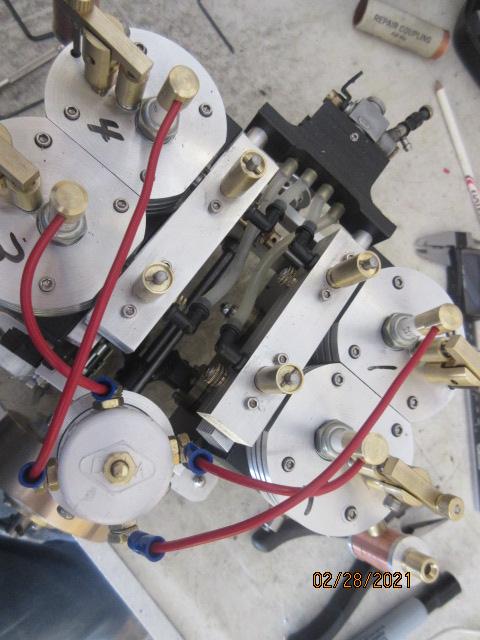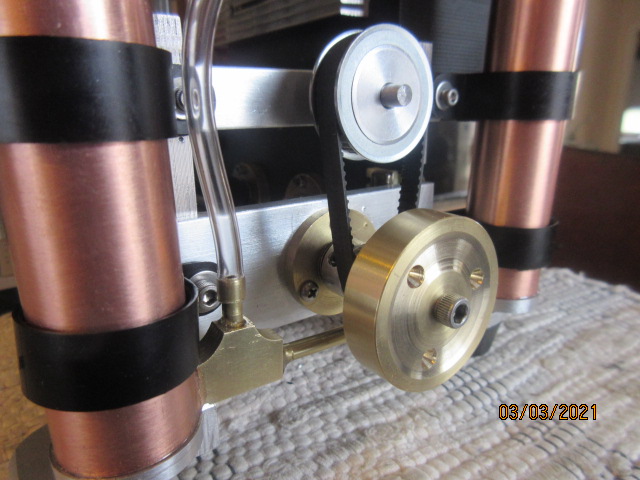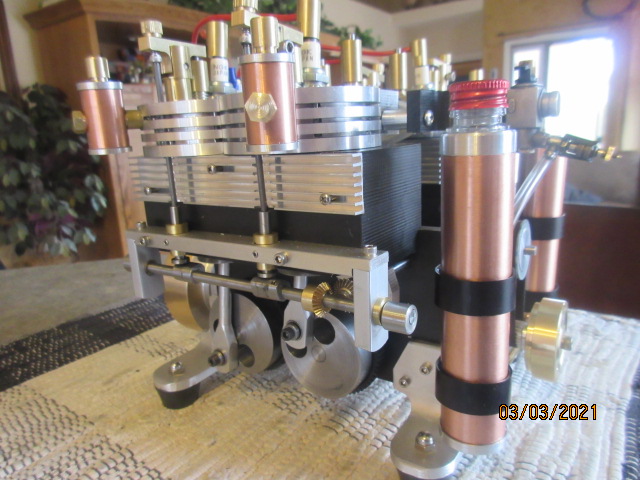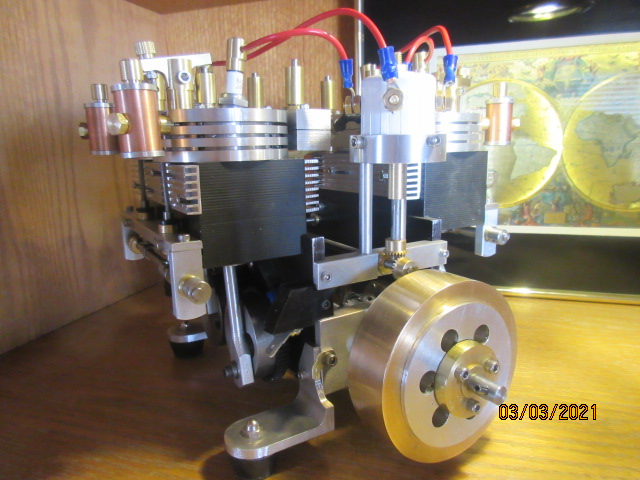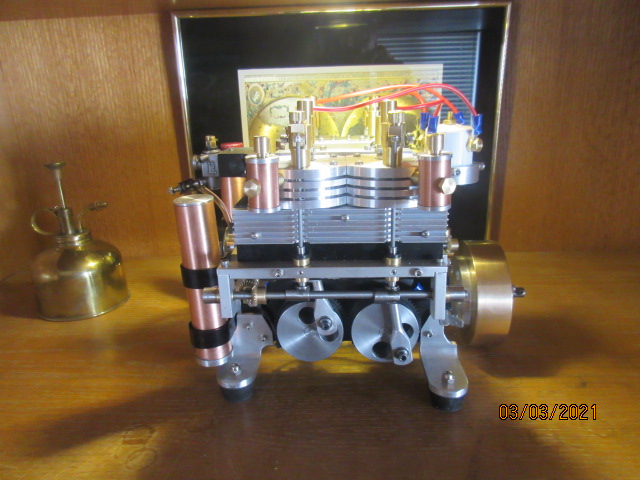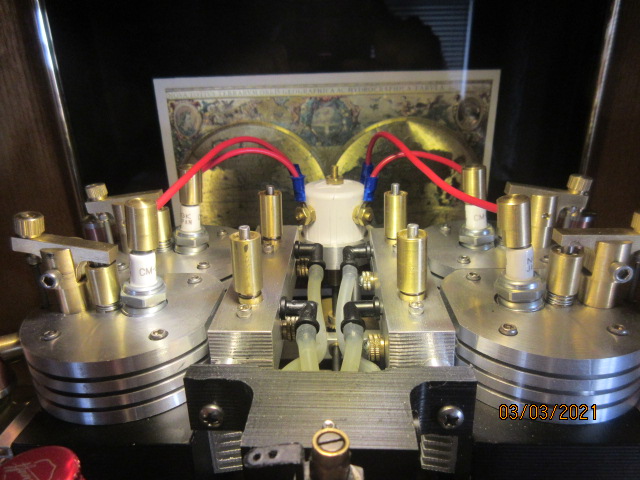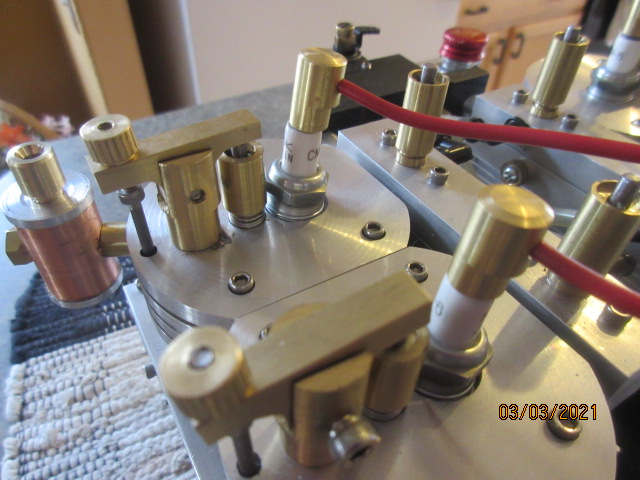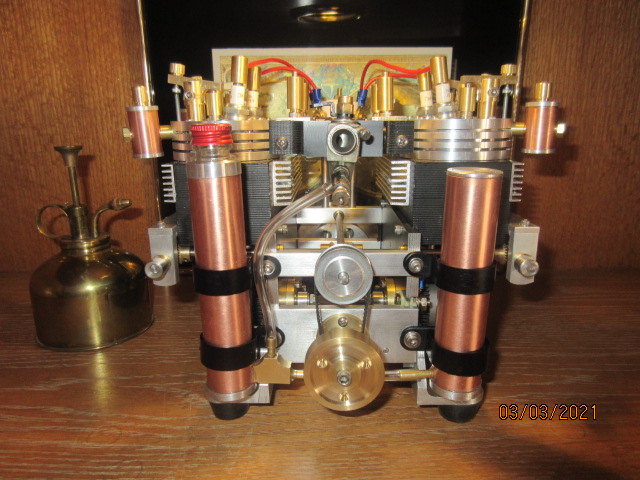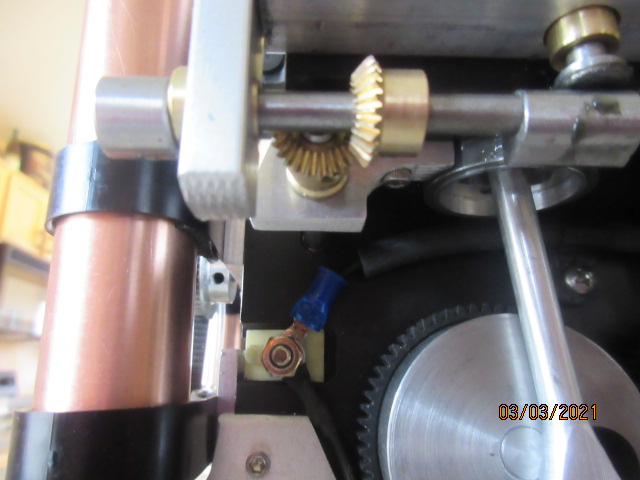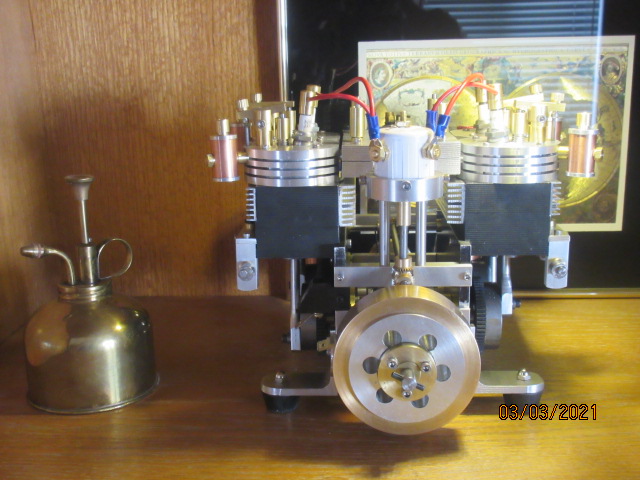Working on HT cables back in the 1980s when I worked in Design in Automobile manufacturing...
You don't need copper conductors for HT cables.
There were 3 types. All were designed to dramatically reduce the radio broadcast (noise) from the HT cables - that act like antennae for the radio noise discharged when the voltage rises or falls rapidly. This electrical phenomenon is often missed by mechanical engineers, who mechanically connect the terminals with wire.
The 3 common types:
- Copper wires - but with suppressors ( typically 10Kohm resistors) fitted at the ends, e.g. in the plug caps and/or spark plugs.
- Resistor leads which had a carbon "string" for the conductor, typically somewhere around 10Kohms per lead (on the car engine).
- Inductive leads, which had an inductive "string" (maye 1 ~2mm diameter) wrapped with a coil of very fine copper wire (very Fine like a human hair).
Now on a model - like this square 4 - instead of having between 1 and 2 feet per lead acting as an antenna, x 4 antennae, there are leads of only a few inches, and the voltages are lower. So the broadcast energy (Radio noise) of an unsuppressed electrical system will not be anywhere near so big as a 1950s 4 cylinder car that probably had unsuppressed HT leads/system.
I know in the early 1970s, when my suppressed plug-cap failed on my 2-stroke single motorcycle, I fitted an unsuppressed plug cap, and my father could hear me coming from about a 1/4 mile away from the noise on his radio! He could identify the gear changes by the frequency change. Today we use FM and digital radio that is immune from this (I think?) and all cars are well suppressed. (By law...).
So my message: You can use the least amount of copper you have in the wire without affecting the spark, but do need good insulation - I recommend more than "domestic wires" because it can puncture as it is not designed for the HT voltages being applied, if it touches the metal of the engine. You'll probably "get away with it" at 1/4" to 1/2" air clearance. - But do you have this at the end of the wire/head of the plug? - Hence I suggest covering with an insulating material - like the polythene or other polymer in hot melt adhesive. Apply a blob, then when it is just about cool enough to touch, squeeze it to a desired shape over the metal cap. If you have problems running the engine, crank it in PITCH DARKNESS and look for discharge (corona) from the wires and plug caps at this zone... the likely failure. One fix may be as simple as domed tops to the brass caps. (It reduces the electric field strength locally compared to sharp corners).
Remember, making something that works is a mix of "good design and manufacture" and "getting away with something that isn't right". We ALL do it ALL the time, so not a sin, and we only advise to try and help. And a caveat: "Help" is only useful when you need it.
Have a nice day with an excellent project!
Thanks for sharing your knowledge and designs.
K2
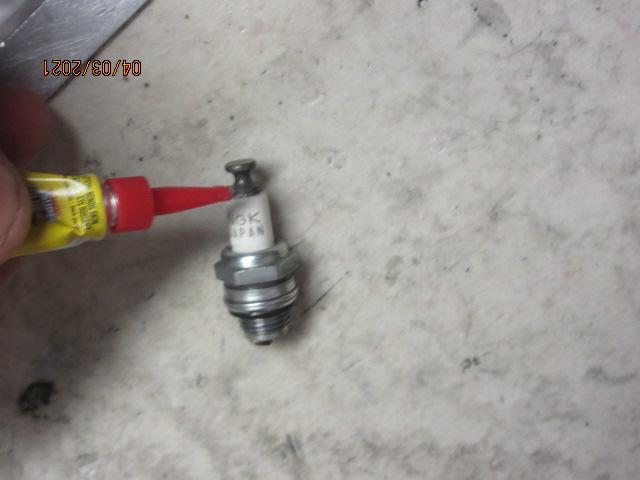
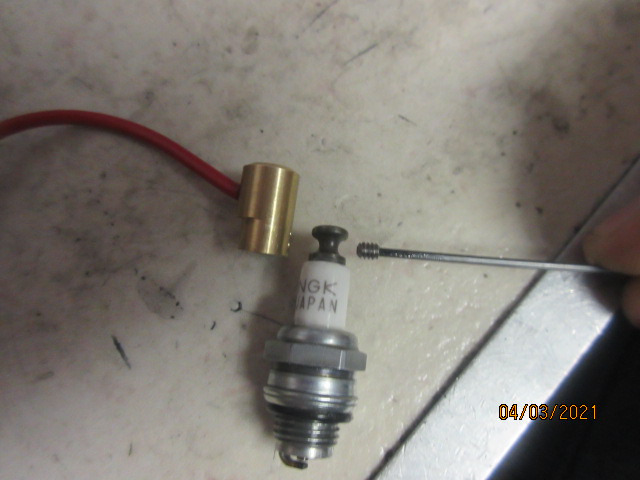




















![MeshMagic 3D Free 3D Modeling Software [Download]](https://m.media-amazon.com/images/I/B1U+p8ewjGS._SL500_.png)












![DreamPlan Home Design and Landscaping Software Free for Windows [PC Download]](https://m.media-amazon.com/images/I/51kvZH2dVLL._SL500_.jpg)














![TurboCAD 2020 Designer [PC Download]](https://m.media-amazon.com/images/I/51UKfAHH1LL._SL500_.jpg)





















